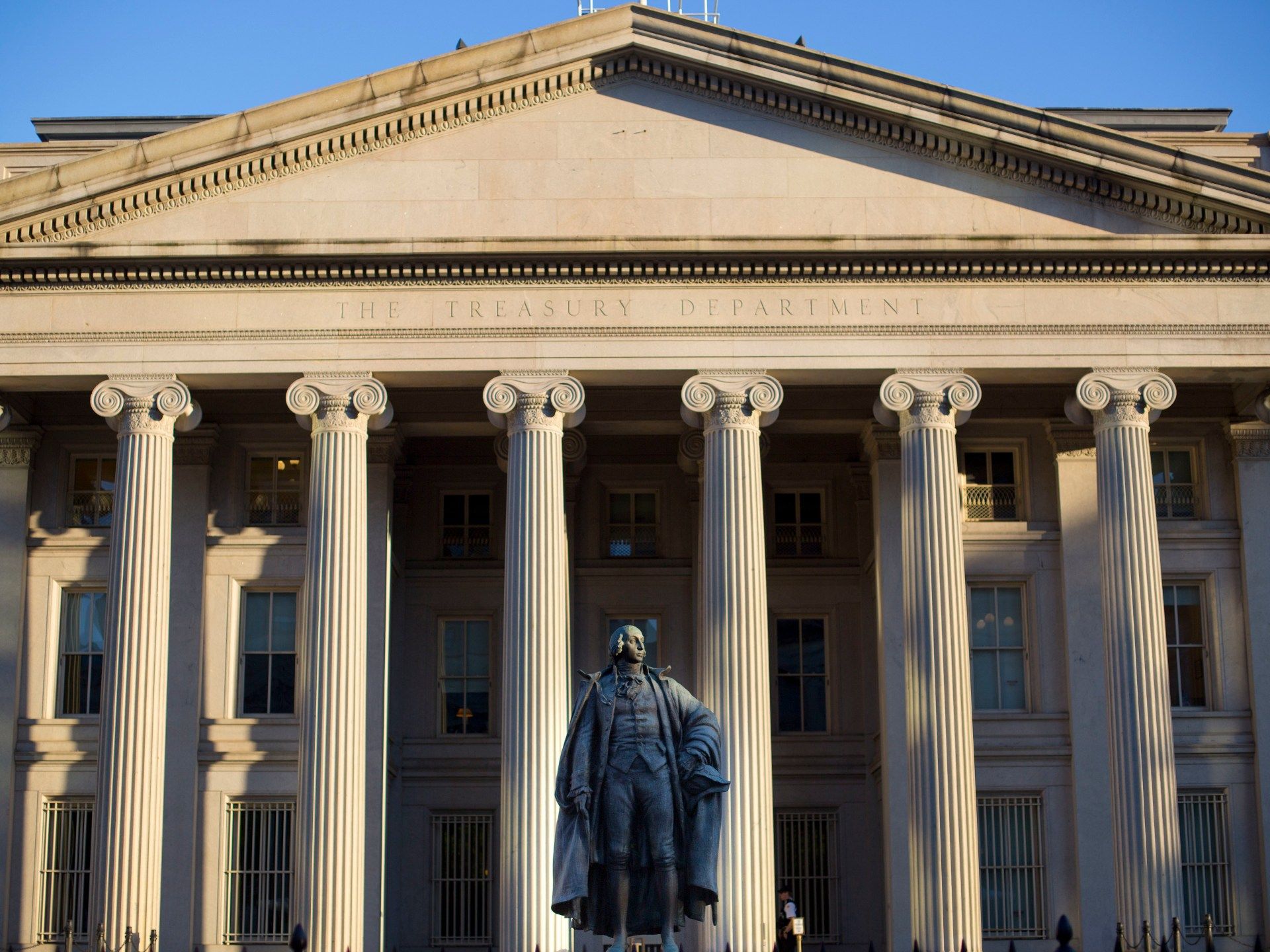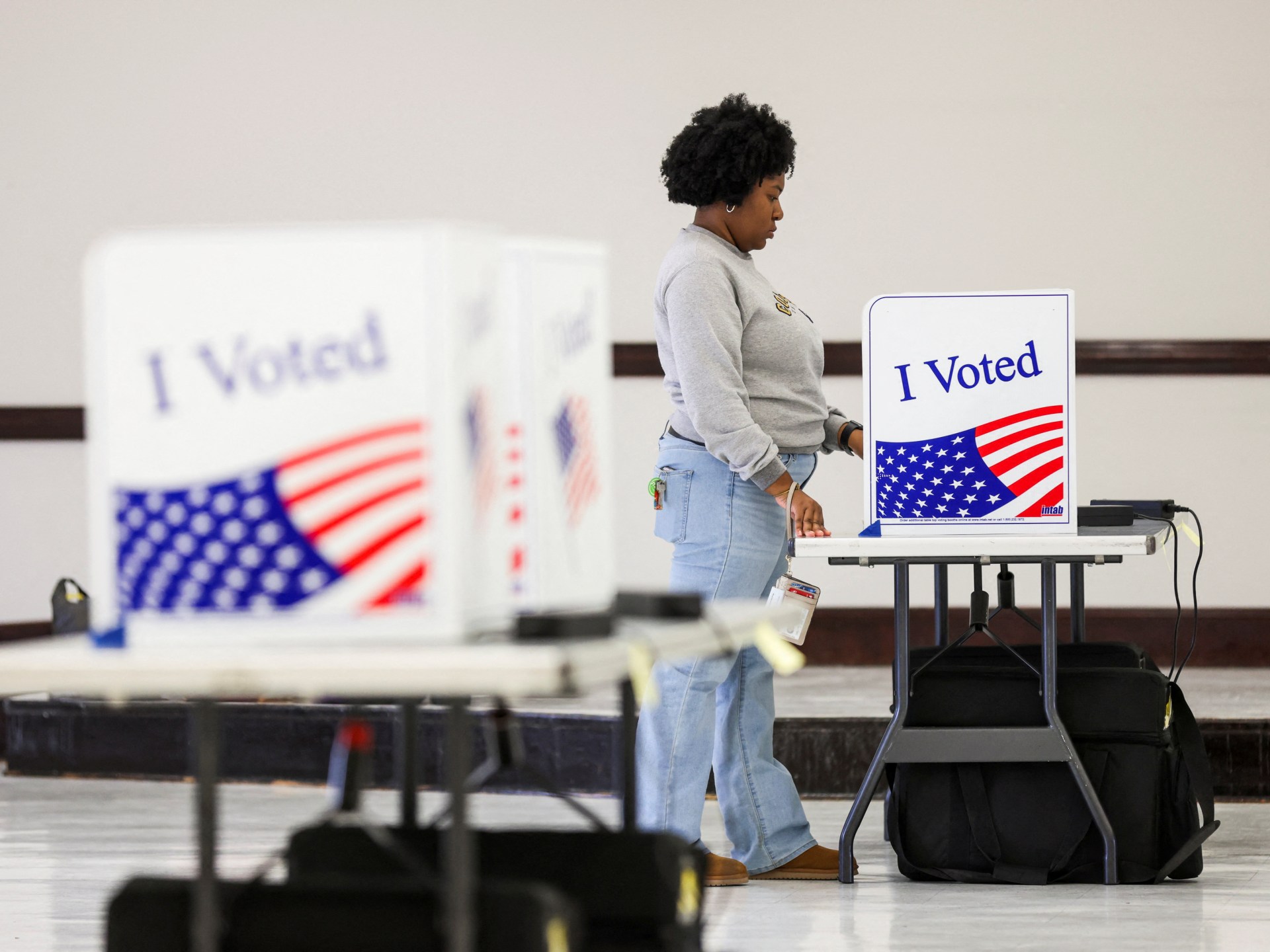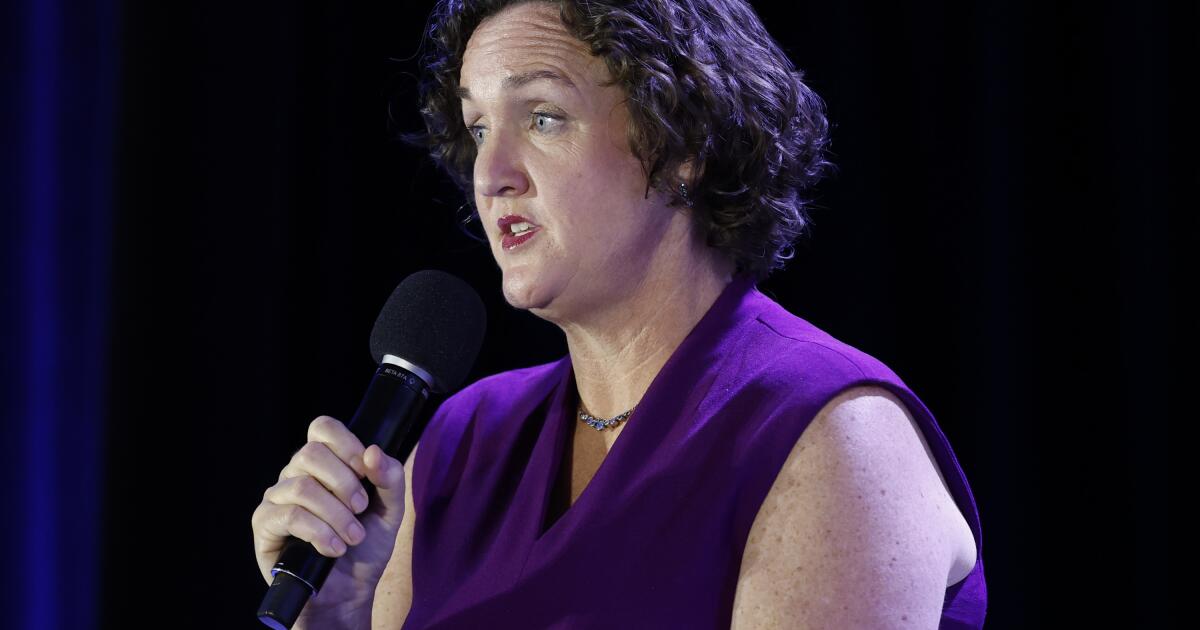There was a time when the growing national debt of the United States was a major topic of discussion in presidential elections.
Donald Trump and Hillary Clinton's final debate in 2016 featured a 12-minute segment dedicated to the topic.
Barack Obama and Mitt Romney clashed on this issue during their three debates in 2012.
Fast forward to 2024 and, apparently, the national debt no longer matters.
The word “debt” did not appear once during the first (and so far only) debate between Trump and Kamala Harris earlier this month.
The Republican Party, traditionally the most eager to assert fiscal responsibility, did not include a single reference to debt or deficits in its 16-page platform document released in July.
It's not that debt is less relevant today than it was during the last election; quite the opposite.
In 2012, the national debt, excluding money the government owes itself, amounted to $11.4 trillion, about 69.5 percent of gross domestic product (GDP).
Today, it amounts to about $28 trillion, or roughly 99 percent of GDP.
The Congressional Budget Office (CBO) projects that figure will top $51 trillion over the next decade, pushing the debt-to-GDP ratio to 122 percent, higher than after World War II.
Neither Trump nor Harris have paid much attention to this time bomb, let alone put forward serious proposals to defuse it.
In fact, the policies of both candidates are destined to make the situation much worse.
While grand promises from politicians are nothing new, Trump and Harris have rolled out so many big-ticket pledges — from Trump’s promise to extend his 2017 tax cuts to Harris’ plan for $25,000 in first-time homebuyer assistance — that independent budget forecasters have struggled to keep up.
The Tax Policy Center, a nonpartisan group, has estimated that Harris's agenda would increase the deficit by as much as $2.6 trillion over the next decade, while Trump's proposals would increase the deficit by $1.2 trillion.
The Penn Wharton budget model, which does not include some of the candidates' most recent promises, estimates the deficit would rise by $4.1 trillion under Trump and $2 trillion under Harris.
“None of the candidates want to address the issue,” Gary Hufbauer, a non-resident senior fellow at the Peterson Institute for International Economics, told Al Jazeera.
“They both decided that talking about debt reduction is a losing proposition,” Hufbauer added.
There is some debate among economists about how much debt the US economy can take on before it becomes a serious problem.
Unlike households, governments have indefinite planning horizons that allow them to constantly roll over their debts.
When the time comes for governments to pay lenders, they can simply issue new debt to meet their obligations.
Compared to other countries, the United States has a particular advantage in debt management because of the dollar's status as the world's primary reserve currency.
Because central banks and financial institutions around the world hold large amounts of dollars, the U.S. government can borrow at lower interest rates and can also borrow in its own currency, allowing it to avoid exchange rate fluctuations that would increase the cost of repayments.
Still, there is little disagreement that there is a point beyond which debt cannot continue to grow without serious economic repercussions.
Economists at the Penn Wharton Budget Model argued in an analysis published last year that financial markets would be unable to sustain public debt exceeding 200 percent of GDP.
Jagadeesh Gokhale and Kent Smetters predicted that the US government had about 20 years to take corrective action before reaching a point where no amount of tax increases or spending cuts would prevent a default, a scenario that would send shock waves through the entire global economy.
“This period is a best-case scenario for the United States, under market conditions in which participants believe corrective fiscal measures will be adopted ahead of time,” Gokhale and Smetters wrote in their analysis published last October.
“If, on the other hand, they began to believe the opposite, the dynamics of the debt would make the time frame for adopting corrective measures even shorter.”
Even if something as catastrophic as a government default does not occur, the CBO has projected that all federal government revenue will go toward paying Social Security and debt interest by the mid-2030s.
With every cent of tax money absorbed by mandatory government spending, future administrations face limitations on their ability to invest in growth-spurring innovation or respond to emergencies like recessions or the next pandemic.
Unfortunately, there is no painless solution to the debt problem that does not involve a combination of spending cuts and higher taxes, and the longer action is delayed, the more bitter the remedy will be.
But in an era of populism, politicians have little incentive to talk about tough decisions and voters have little incentive to listen.












